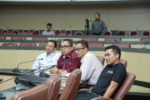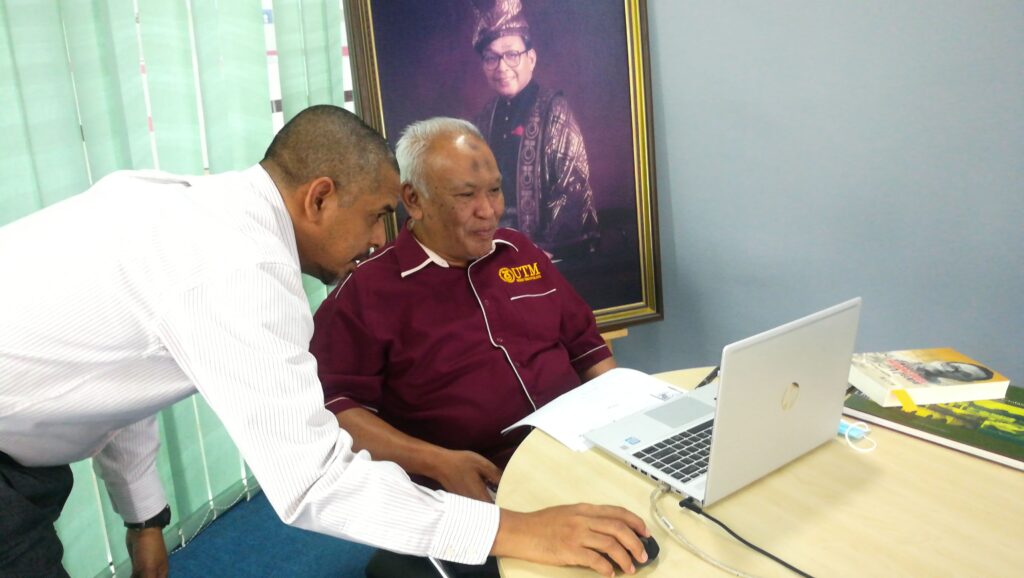Introduction
Convocation ceremonies mark a momentous milestone for graduates, embodying years of perseverance, intellectual growth, and personal transformation. Photography plays a vital role in immortalizing this academic achievement, offering both documentary and emotional value. Convocation photography requires not only technical proficiency but also aesthetic sensitivity to capture the essence of the moment — joy, pride, and legacy. Recent trends demonstrate how photographers at universities such as the University of Nottingham, the University of Texas at Austin, and the National University of Singapore (NUS) have redefined convocation imagery through innovative lighting, composition, and storytelling methods (NUS, 2024).
Technical Aspects and Equipment
Professional convocation photography often employs DSLR or mirrorless cameras equipped with fast lenses, such as 70–200mm f/2.8 or 24–70mm f/2.8, to accommodate low-light conditions in auditoriums and open-air environments. Techniques such as using off-camera flash, backlighting, and reflector diffusers are essential for achieving balanced exposures during indoor ceremonies (Digital Photography School, 2023). Moreover, photographers increasingly rely on advanced autofocus tracking and burst modes to capture precise moments such as the handshake with the chancellor or the cap toss. At institutions like the University of Melbourne, photographers employ hybrid setups combining still and video recording to create multimedia graduation portfolios for graduates (University of Melbourne Media Unit, 2024).
Composition and Emotional Storytelling
Beyond technical skill, convocation photography demands an eye for narrative composition. Framing graduates against university landmarks, architectural motifs, or banners reinforces institutional identity and academic pride. The University of Oxford’s photography team, for instance, utilizes the Radcliffe Camera as a recurring symbolic backdrop to reflect intellectual heritage (Oxford University Press, 2023). Emotional storytelling is achieved through candid expressions — families embracing, friends celebrating, or faculty congratulating students. These emotional layers elevate convocation photography from mere documentation to visual storytelling that resonates with alumni communities and university archives (Chong, 2024).
Lighting and Environmental Challenges
Lighting conditions during convocation ceremonies are notoriously complex. Harsh daylight in outdoor settings or dim artificial light in indoor halls often necessitate the use of fill flash and exposure compensation. A case study by Canon Professional Imaging (2024) revealed that university photographers frequently rely on dual lighting setups — one for stage highlights and another for audience reactions — to ensure balanced visual tones. Moreover, advancements in post-processing software such as Adobe Lightroom and Capture One enable professionals to refine skin tones, enhance contrast, and maintain color fidelity in institutional attire such as academic robes and hoods.
Digital Workflow and Image Management
With thousands of graduates captured in a single ceremony, efficient data management is crucial. Universities like the University of Leeds implement cloud-based photography management systems that integrate face-recognition technology to automate sorting and distribution (University of Leeds Digital Media, 2024). The adoption of AI-assisted editing has further streamlined large-scale convocation photo production, ensuring delivery within 48 hours post-ceremony. Furthermore, digital archiving supports long-term institutional preservation, providing valuable resources for alumni relations, marketing, and historical documentation (Smith & Liu, 2023).
Case Studies from Universities
- National University of Singapore (NUS) – NUS’s 2024 convocation photography campaign emphasized “stories of pride,” incorporating environmental portraits of graduates in campus gardens, laboratories, and libraries to reflect academic diversity.
- University of Nottingham – Their “Faces of Success” project captured individual graduates with personalized backdrops symbolizing their field of study, combining studio and outdoor sessions (University of Nottingham Media Centre, 2023).
- Harvard University – The Harvard Gazette photographers focus on journalistic storytelling, using wide-angle compositions to capture the collective atmosphere of commencement yard traditions (Harvard Gazette, 2024).
Each of these cases demonstrates how universities leverage photography not only for celebration but also for branding and institutional storytelling.
Ethical and Cultural Considerations
Convocation photography also carries cultural and ethical dimensions. Respecting privacy, inclusivity, and representation is crucial, especially in multicultural university contexts. Photographers must ensure equitable visibility among graduates and avoid staging images that may marginalize minority groups. The Islamic University of Technology (IUT) in Bangladesh, for example, emphasizes gender sensitivity and modesty compliance in its official convocation photo protocols (Rahman & Khan, 2024). This illustrates how ethical awareness complements technical skill in professional academic photography.
Conclusion
Convocation photography has evolved into a sophisticated blend of art, technology, and institutional identity. By integrating advanced imaging tools, ethical mindfulness, and narrative storytelling, universities and professional photographers create lasting visual legacies that honor the spirit of education. The practice continues to advance through technological innovation and creative exploration, ensuring each convocation becomes not just a recorded event, but an enduring visual testimony of academic achievement and human aspiration.
References
- Canon Professional Imaging. (2024). Convocation Photography Lighting and Lens Techniques. Canon Global.
- Chong, S. (2024). Emotion and Composition in Academic Event Photography. Visual Studies Journal, 12(2), 45–61.
- Digital Photography School. (2023). Essential Graduation Photography Tips for Professionals. Retrieved from https://digital-photography-school.com/
- Harvard Gazette. (2024). Commencement 2024: Through the Lens. Retrieved from https://news.harvard.edu/gazette
- National University of Singapore. (2024). Convocation Photography 2024: Stories of Pride. Retrieved from https://nus.edu.sg/news
- Oxford University Press. (2023). Photography and Identity in Academic Traditions.
- Rahman, A., & Khan, N. (2024). Ethical Dimensions of Academic Event Photography in Muslim Contexts. Journal of Visual Culture and Ethics, 18(3), 201–218.
- Smith, T., & Liu, M. (2023). Digital Archiving and Image Management in Higher Education. Information Management Review, 29(4), 88–105.
- University of Leeds Digital Media. (2024). AI-Enhanced Convocation Photography Workflow. Retrieved from https://www.leeds.ac.uk/media
- University of Melbourne Media Unit. (2024). Hybrid Imaging in Graduation Ceremonies. Retrieved from https://about.unimelb.edu.au/media
- University of Nottingham Media Centre. (2023). Faces of Success: Graduation Photography Project. Retrieved from https://www.nottingham.ac.uk/news



















